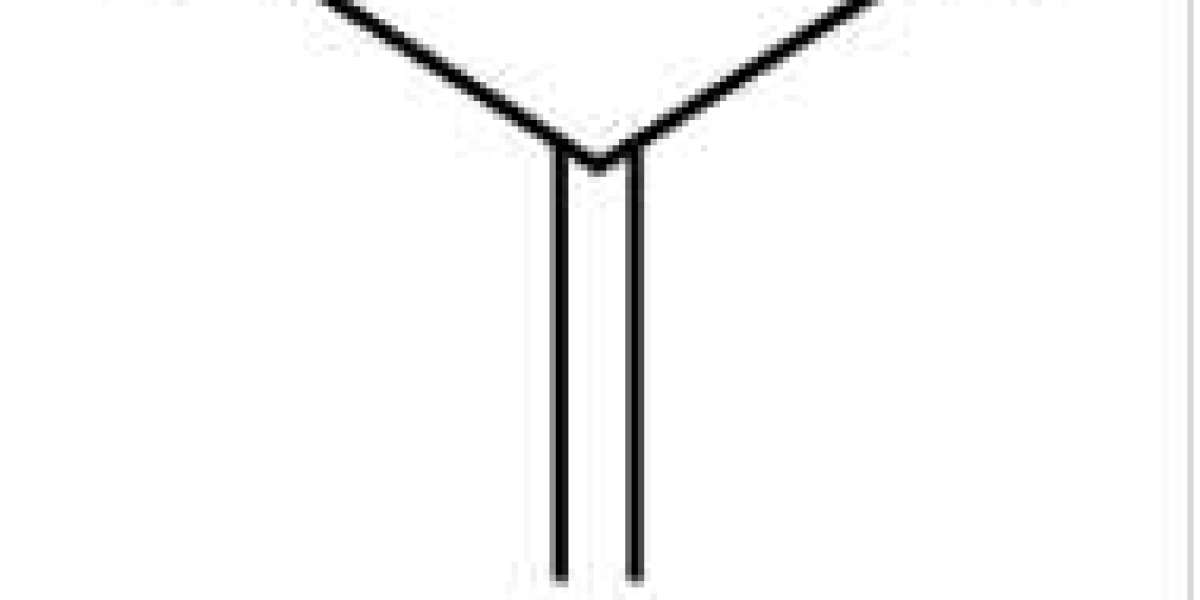What is Acetate? Acetate is a chemical compound with formula C2H3O2−. It is also known as Acetate Ions or Monoacetate. It is a salt formed by the combination of acetic acid with alkaline, metallic, earthy, nonmetallic or other bases.
Acetic acid is absorbed from the gastrointestinal (GI) tract and through the lung. Acetic acid is readily metabolized by most tissues and may give rise to the production of ketone bodies as intermediates. In vitro experiments have demonstrated that acetate is incorporated into phospholipids, neutral lipids, sterols, and saturated and unsaturated fatty acids in a variety of human and animal tissue preparations. In catabolism or anabolic synthesis, acetate ions (the anion of acetic acid) is a normally occurring metabolite, for example, in the formation of glycogen, cholesterol synthesis, fatty acid degradation, and acetylation of amines. It is estimated that the plasma level of the acetate ions in humans is about 50–60 μmol l−1 (3.0–3.6 mg l−1) and 116 μmol l−1 (7 mg l−1) in cerebrospinal fluid. An estimated daily turnover of the acetate ions in humans is about 45 g day−1.
Sodium acetate has the chemical formula of C2H3NaO2
. Its anhydrous form has a molecular mass of 82.03 g/mol. It is a white deliquescent powder with no characteristic odour at room temperature and normal pressure. However, when heated till decomposition, it gives of vinegar-like odour due to the presence of acetate ions. It dissolves readily in water, giving a mildly basic solution due to the formation of NaOH, a strong base, along with acetic acid (CH3COOH)
, a weak acid.
In sodium acetate, both sodium and acetate ions have a unitary charge. The sodium ion has a charge of +1 due to the loss of a single electron from the 3s orbital, while the acetate ion has a charge of -1. The charge on the acetate ion is delocalized on the two oxygen atoms making it highly stable. The carbon-oxygen bonds of acetate ions are covalent with extensive electron delocalization. In contrast, the bond between sodium and acetate ions is ionic due to the electrostatic interaction between the two ions.
Sodium acetate is primarily produced from acetic acid by reacting it with sodium bicarbonate or sodium carbonate. The reaction to this process is as follows:
CH3COOH + NaHCO3→ CH3COONa + H2CO3
The carbonic acid H2CO3
produced in this reaction is heated further to produce carbon dioxide and water:
H2CO3→CO2\+ H2O
Industrially, sodium acetate is produced by reacting sodium hydroxide with acetic acid in an aqueous solution. This reaction proceeds according to the equation:
CH3COOH\+ NaOH→CH3COONa\+ H2O
Effects of Sodium Acetate
tSodium acetate is generally safe to use. However, it may cause some adverse health effects on susceptibe people. Some of the common side-effects of sodium are as follows:
On inhalation, it may cause irritation in the respiratory tract with coughing, wheezing, and sore throat.
If ingested, it may cause abdominal pain, nausea, and vomiting.
Prolonged exposure on skin may cause irritation with redness and pain.
If exposed to eyes, it may cause irritation and redness in the cornea.
We hope this article has helped the readers understand the core concepts of sodium acetate. For more conceptual knowledge and better grades, download the Testbook app today. You can also check out some more Chemistry topics with detailed explanations.







